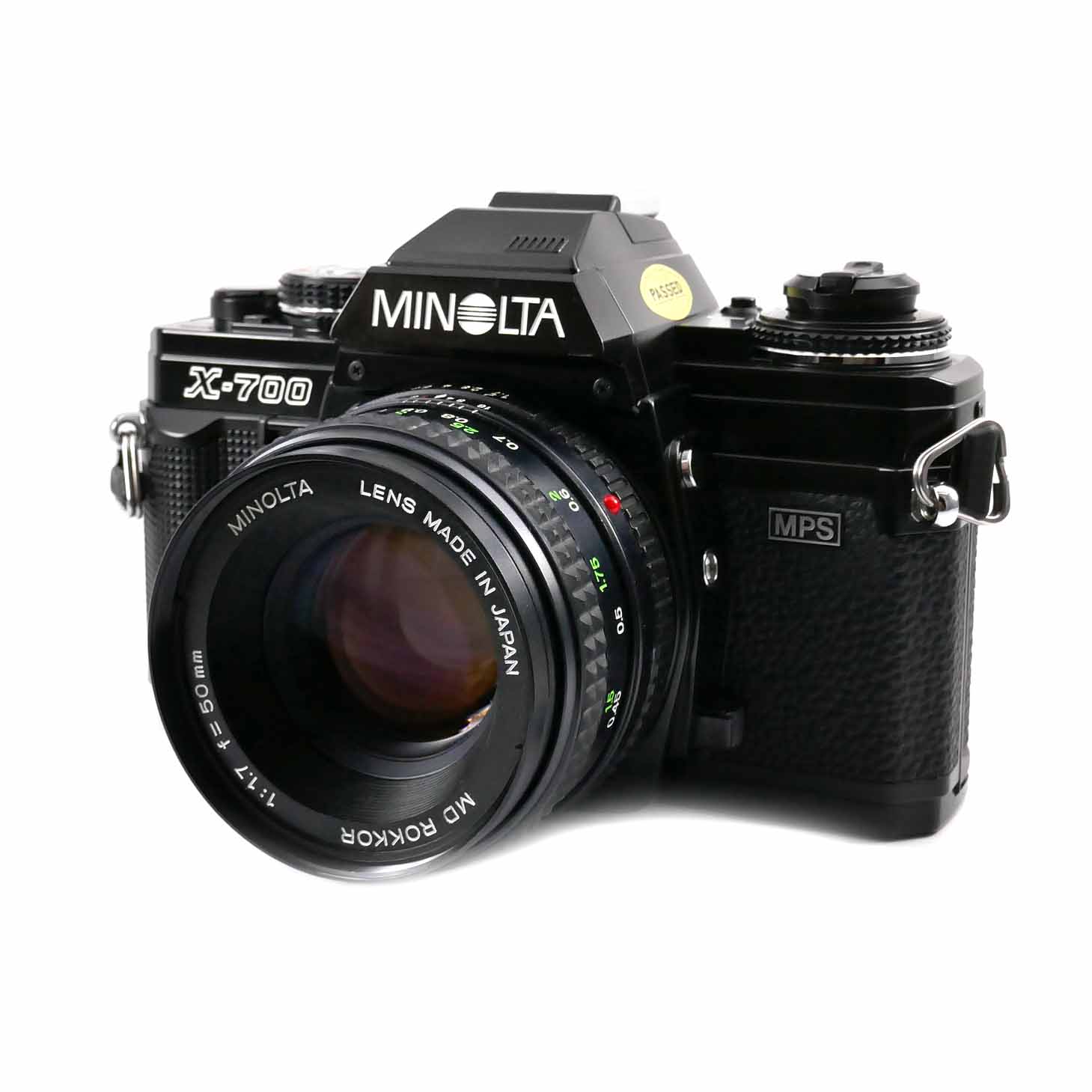

Pros: Sharpness from f / 2.8 color rendering solid construction, weight and bulk content.Ĭons: Sharp decline of sharpness at maximum aperture, sensitivity 'to flare It may not be as distinct as other vintage lenses, but it is better suited to a more varied use and can be exploited more frequently. My specimen has a fluid focus ring that is good but not overwhelming. Even with adapter the lens remains compact enough on the Sony MLC bodies and is light relative to its construction, so it's enjoyable to use.

Distortion so low to go unnoticed, you can safely do without corrections. Out of focus light points are beautiful round when snaps to TA, but yield changes as soon as the diaphragm closes, showing an obvious hexagonal shape due to the same diaphragm consisting of 6 unrounded lamellae. The bokeh is generally soft and pleasant, except in certain circumstances as branches or leaves placed in the background only at certain distances fromsubject. On APS-C, the edges are very good thanks to the reduced image circle. 8 the effect disappears and the contrast increases visibly to reach the maximum at f5.6 so that it can be used without any problems even for landscapes or shots that generally require sharpness. This lens has a double character: when used in TA, although it does not lack resolution capability in the strict sense, it produces significantly "skinned" and reduced contrast images but this feature can be remarkably appreciated under certain circumstances, but already closing the diaphragm at f2. Opinion: It was my first vintage optics too because you can find immaculate specimens at a few tens of euros, currently using it on a Sony A6000 (dense APS-C sensor) with dumb adapter making it a good mid-canvas for capable portraits to produce nice images especially for the best color rendering. Pros: Good clarity from f2.8 which is great at f5.6, very nice color rendition, great construction quality, lightweight and compact, low prices also for specimens in excellent condition.Ĭons: Low flare resistance, longitudinal chromatic aberrations evident in strong contrast areas especially at TA and f2.8, it would be interesting to have an intermediate shot between f1.7 and f2.8 for the diaphragm ring.


 0 kommentar(er)
0 kommentar(er)
